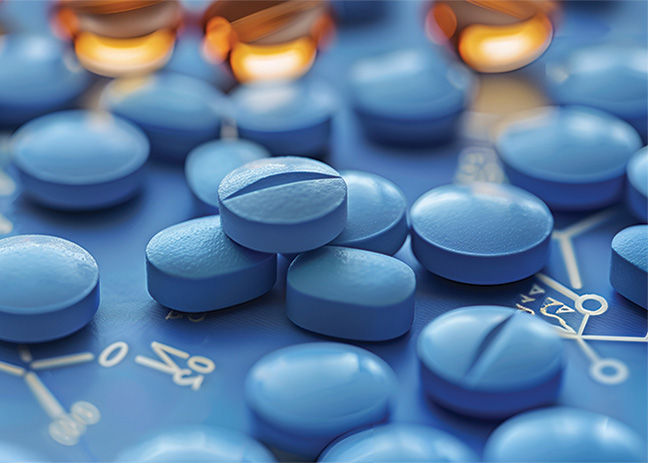Ensuring medications are stored appropriately is essential for their effectiveness and safety. Follow these steps to maintain optimal conditions for medications in your clinic and when advising clients.
Key Definitions
- Pharmaceutical Equivalents. These are drugs that share identical dosage forms, routes of administration, and amounts of the active ingredient. However, they may differ in other characteristics, such as excipients, which can impact safety or efficacy in certain cases (e.g., xylitol in veterinary patients).
- Therapeutic Equivalents. These are pharmaceutical equivalents that have demonstrated bioequivalence. They can be expected to produce the same clinical effect and have the same safety profile when used as specified in the labeling.
- Biological Products. These are large, complex molecules derived from living sources like bacteria, yeast, or animal cells.
- Biosimilar Products. Biosimilars are biological products that are highly similar to an FDA-approved reference product, with no clinically meaningful differences in safety, purity, or potency.
Checking Therapeutic Equivalence
The best resource for determining therapeutic equivalence for human drugs is the FDA’s “Approved Drug Products with Therapeutic Equivalence Evaluations”, commonly called the Orange Book.
- Drugs designated AA mean that the drug is therapeutically equivalent and there are no known or suspected bioequivalence problems.
- Drugs designated AB indicate resolved actual or potential bioequivalence issues, supported by adequate in vivo or in vitro studies.
- Drugs may have multiple generic equivalents for different formulations, designated by numbers (e.g., AB1, AB2). For instance, some extended-release diltiazem capsules use beads, while others use tablets. Each formulation has distinct therapeutic equivalents.
- Drugs designated B and another letter are pharmaceutically equivalent but not therapeutic equivalents. This status may change with additional evidence.
For approved generic animal drugs, consult the FDA’s Green Book available through Animal Drugs @ FDA.
Understanding Biosimilars
Biosimilars are comparable to generic drugs but cannot be exact copies due to the inherent complexity of biological products.
- Interchangeable Biosimilars meet additional requirements, allowing substitution without prescriber approval in some states.
- Biosimilars are identified by a unique four-letter suffix appended to the biologic name.
Veterinary Considerations
In Illinois, pharmacists may:
- Substitute a less expensive drug with the same generic name if it is FDA-approved as therapeutically equivalent, provided the prescriber has not prohibited substitution.
- Substitute an interchangeable biosimilar, but both the patient and provider must be notified.
It is essential to note that therapeutic and pharmaceutical equivalents may have different excipients than the original product. For veterinarians, this distinction is critical because some excipients, like xylitol, are safe for humans but toxic to animals.
Many animals being treated for cardiac issues receive a portion of the inner contents of diltiazem extended-release capsules to achieve the correct dosage. Therefore, it is crucial for veterinarians to be able to identify whether the generic capsules contain inner tablets or beads.
If you have concerns about substitution, specify “Dispense As Written” (DAW) or “Do Not Substitute” on the prescription to ensure the intended product is dispensed.
By understanding these definitions and resources, you can confidently navigate decisions regarding generic substitutions, therapeutic equivalence, and biosimilars in both human and veterinary medicine.
By Lauralei Fisher-Cronkhite, PharmD, DICVP, FSVHP, Clinical Staff Pharmacist
References
- Illinois Pharmacy Practice Act. 225 ILCS 85/25 Ch. 111 ¶ 4145
- Illinois Pharmacy Practice Act. 225 ILCS 85/25 Ch. 111 ¶ 4121
- U.S. Food and Drug Administration. (2024). Approved Animal Drug Products | Green Book. https://www.fda.gov/animal-veterinary/products/approved-animal-drug-products-green-book
- U.S. Food and Drug Administration. (2025). Approved Drug Products with Therapeutic Equivalence Evaluations 45th Edition | Orange Book. https://www.fda.gov/media/71474/down-load?attachment
- U.S. Food and Drug Administration. (2024). Overview for Health Care Professionals. https://www.fda.gov/drugs/biosimilars/overview-health-care-professionals#Are%20biosimilars%20the%20same%20as%20generic%20drugs




